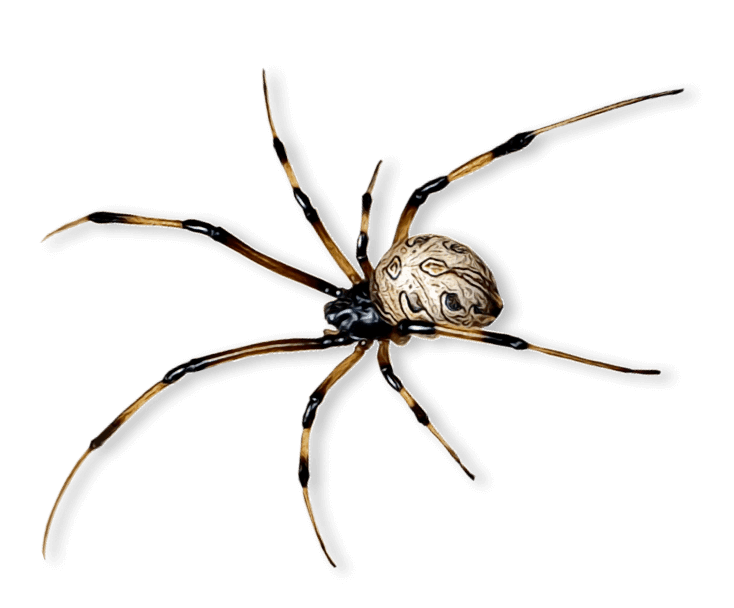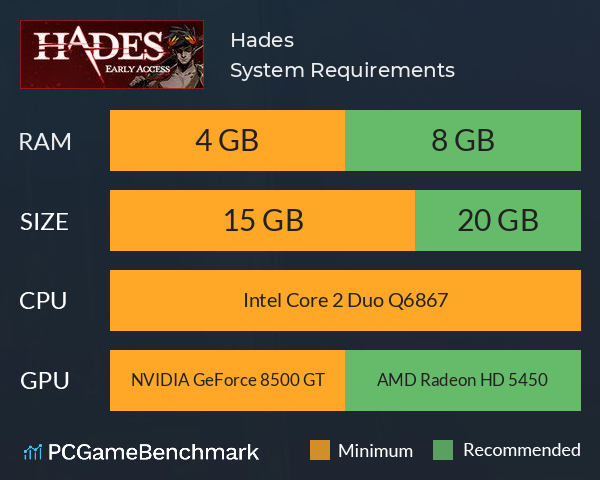Spider phylosymbiosis: divergence of widow spider species and their tissues' microbiomes, BMC Ecology and Evolution
Por um escritor misterioso
Descrição
Background Microbiomes can have profound impacts on host biology and evolution, but to date, remain vastly understudied in spiders despite their unique and diverse predatory adaptations. This study evaluates closely related species of spiders and their host-microbe relationships in the context of phylosymbiosis, an eco-evolutionary pattern where the microbial community profile parallels the phylogeny of closely related host species. Using 16S rRNA gene amplicon sequencing, we characterized the microbiomes of five species with known phylogenetic relationships from the family Theridiidae, including multiple closely related widow spiders (L. hesperus, L. mactans, L. geometricus, S. grossa, and P. tepidariorum). Results We compared whole animal and tissue-specific microbiomes (cephalothorax, fat bodies, venom glands, silk glands, and ovary) in the five species to better understand the relationship between spiders and their microbial symbionts. This showed a strong congruence of the microbiome beta-diversity of the whole spiders, cephalothorax, venom glands, and silk glands when compared to their host phylogeny. Our results support phylosymbiosis in these species and across their specialized tissues. The ovary tissue microbial dendrograms also parallel the widow phylogeny, suggesting vertical transfer of species-specific bacterial symbionts. By cross-validating with RNA sequencing data obtained from the venom glands, silk glands and ovaries of L. hesperus, L. geometricus, S. grossa, and P. tepidariorum we confirmed that several microbial symbionts of interest are viably active in the host. Conclusion Together these results provide evidence that supports the importance of host-microbe interactions and the significant role microbial communities may play in the evolution and adaptation of their hosts.
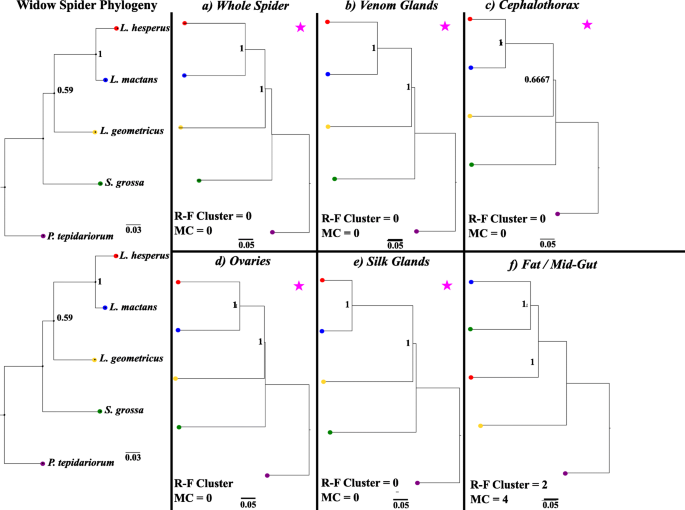
Spider phylosymbiosis: divergence of widow spider species and their tissues' microbiomes, BMC Ecology and Evolution

PDF) Spider phylosymbiosis: divergence of widow spider species and their tissues' microbiomes

Species-specific but not phylosymbiotic gut microbiomes of New Guinean passerine birds are shaped by diet and flight-associated gut modifications
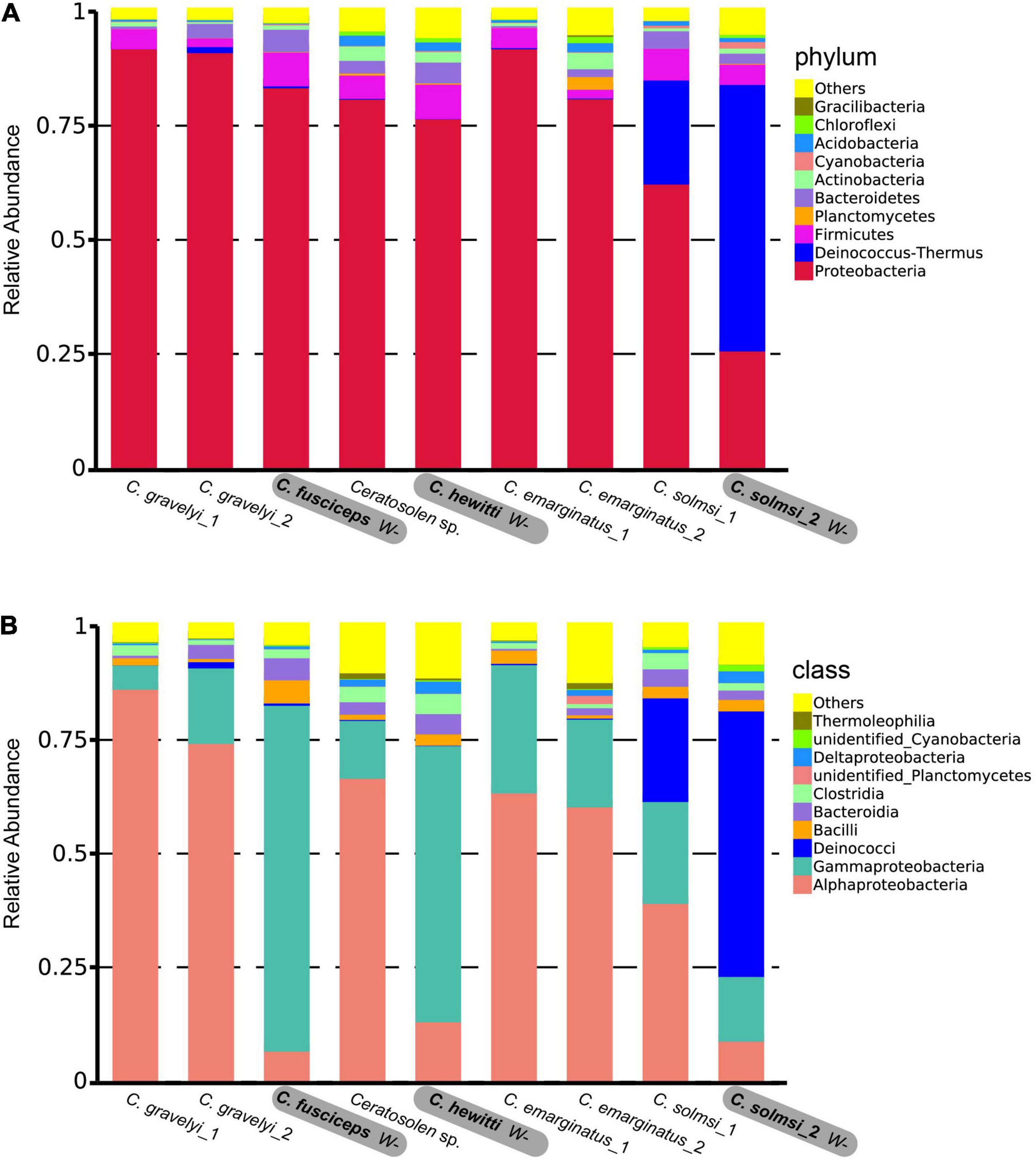
Frontiers The Phylosymbiosis Pattern Between the Fig Wasps of the Same Genus and Their Associated Microbiota
Parasites of spiders: Their impacts on host behavior and ecology. - Document - Gale Academic OneFile
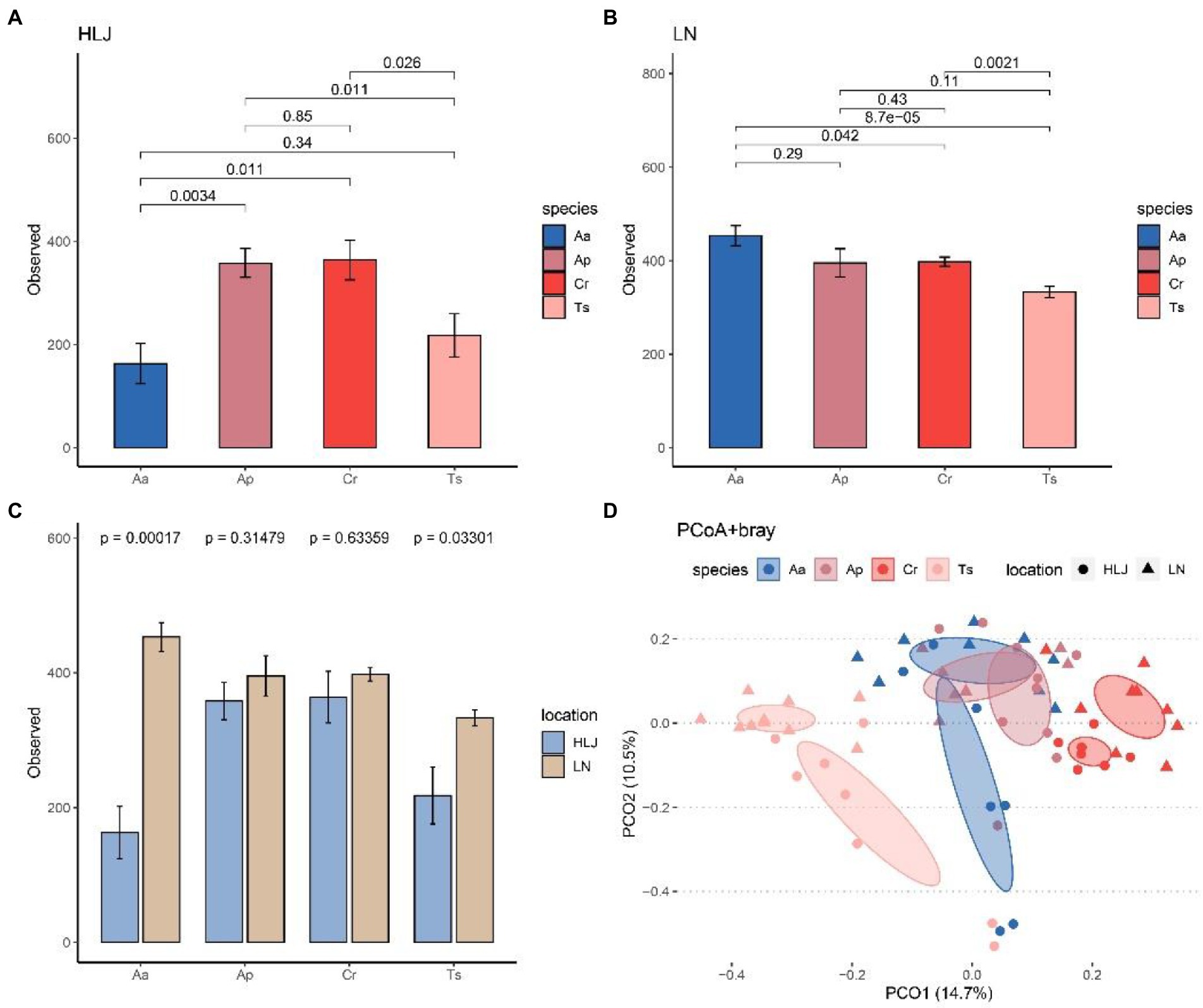
Frontiers The influence of species identity and geographic locations on gut microbiota of small rodents
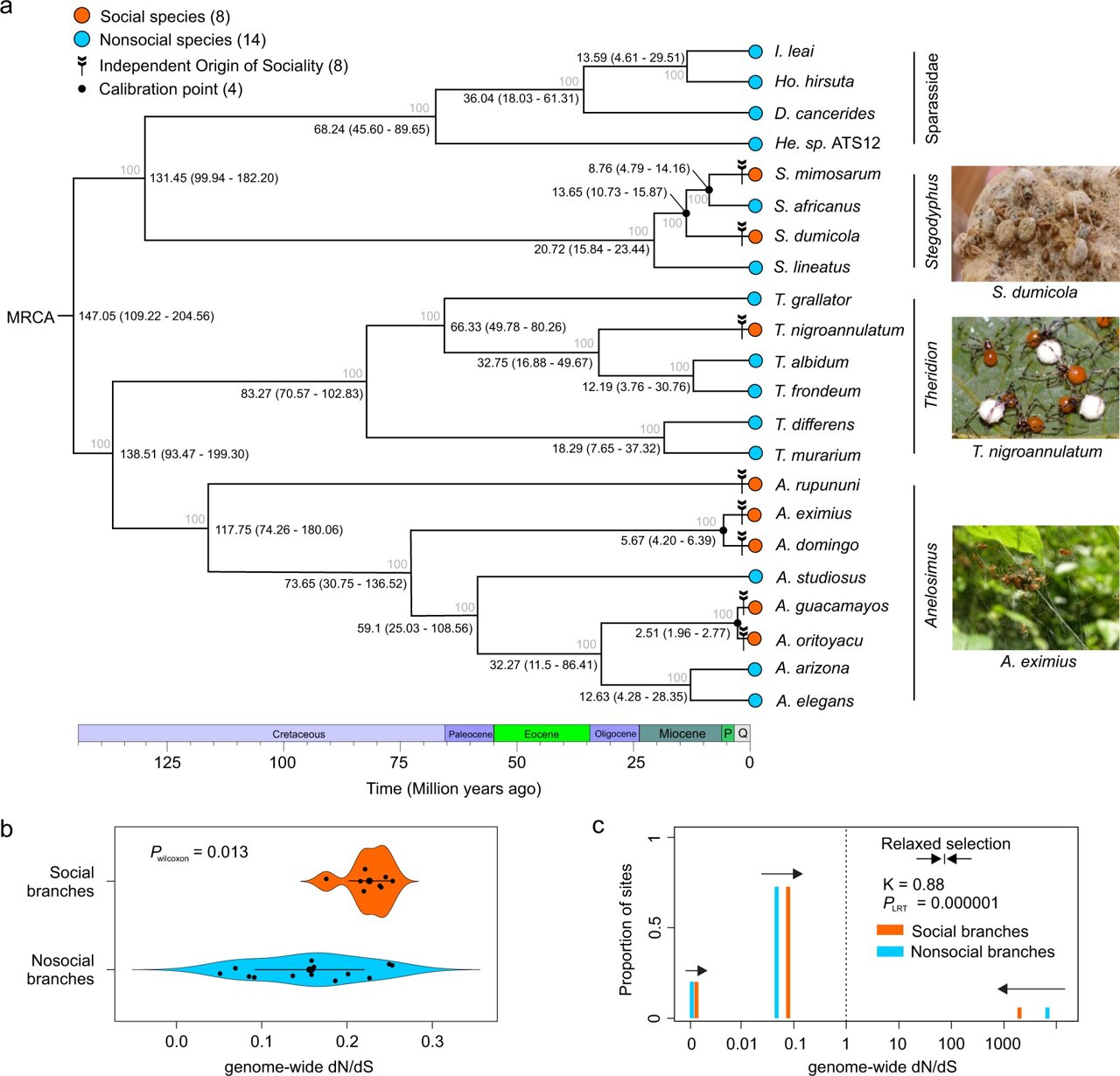
Sociability genes found in some spiders

Clutch size number produced by Wolbachia and Rickettsia infected
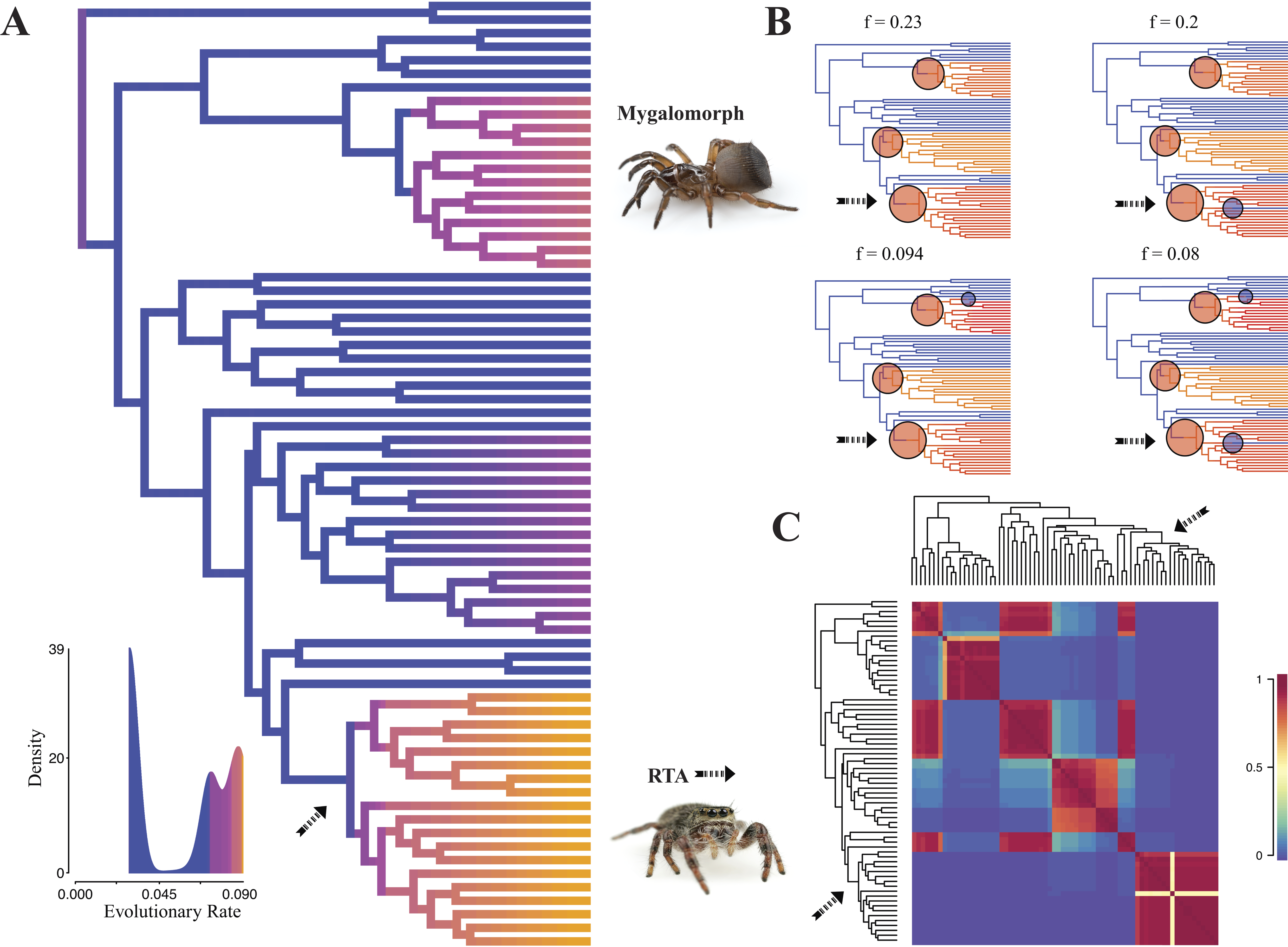
Spider phylogenomics: untangling the Spider Tree of Life [PeerJ]

Fifty shades of bacterial endosymbionts and some of them still remain a mystery: Wolbachia and Cardinium in oribatid mites (Acari: Oribatida) - ScienceDirect

PDF) Food provisioning to Pardosa spiders decreases the levels of tissue-resident endosymbiotic bacteria
de
por adulto (o preço varia de acordo com o tamanho do grupo)


